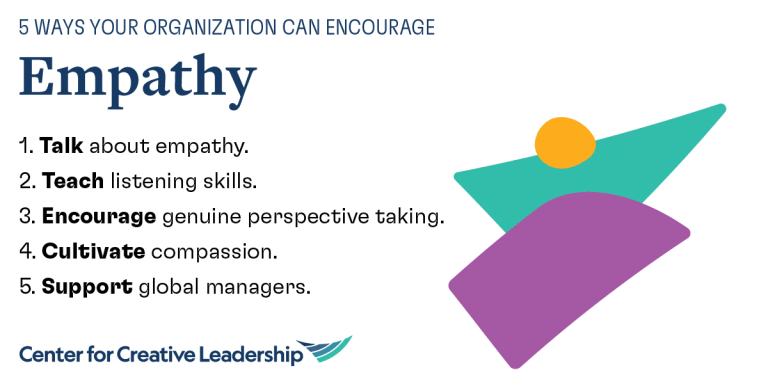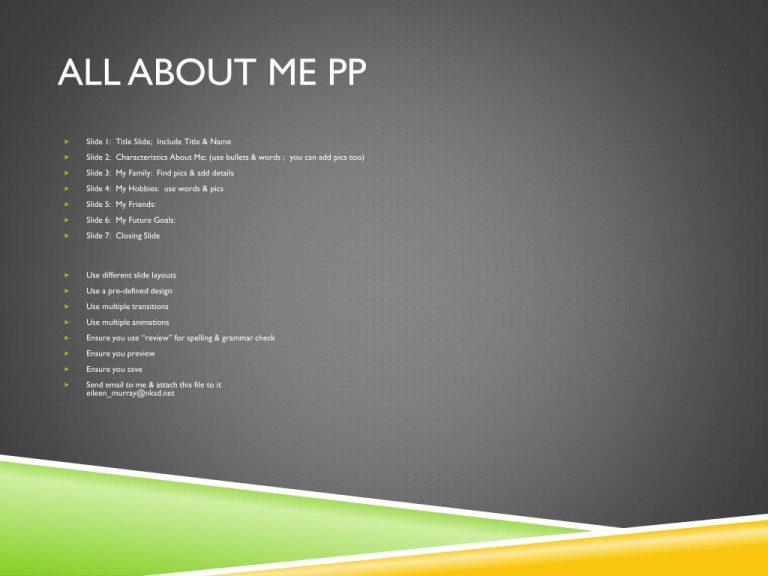5 Tips To Improve Your Speaking on Camera: Expert Advice
To improve your speaking on camera, maintain eye contact, speak clearly, smile, be confident, and practice. Speaking on camera can be daunting, but with these five tips, you can boost your on-screen presence and effectively engage your audience.
Whether you are filming a vlog, webinar, or video presentation, honing your camera-speaking skills is essential for connecting with viewers and delivering your message effectively. By implementing these strategies, you can enhance your communication skills, appear more authentic, and captivate your audience’s attention.
Let’s delve into these practical tips to elevate your on-camera speaking abilities and make a lasting impact on your viewers.
Prepare Your Script
Preparing your script is essential for effective on-camera speaking. A well-prepared script keeps you focused and confident. It also helps convey your message clearly. Let’s dive into the crucial steps to prepare your script.
Research Your Topic
Start by researching your topic thoroughly. Gather relevant information from credible sources. Ensure you understand the subject deeply. This will help you speak with authority and confidence.
- Read articles and books on your topic.
- Watch videos and listen to podcasts for more insights.
- Take notes on important points and quotes.
Researching helps you create a solid foundation. It also ensures your content is accurate and reliable.
Organize Key Points
Next, organize your key points logically. This helps in delivering your message clearly. Break down your script into sections.
- Introduction: Grab the audience’s attention.
- Main Content: Present your key points.
- Conclusion: Summarize and provide a call-to-action.
Use bullet points or numbers to list your ideas. This makes your script easy to follow. Each section should have a clear focus.
Organizing your script ensures a smooth flow. It also keeps your audience engaged.
By following these tips, you’ll improve your on-camera speaking skills.
Practice Regularly
Improving your speaking skills on camera takes consistent effort. One of the most effective methods is to practice regularly. Regular practice helps you become more comfortable and confident. It also helps you identify areas where you need improvement.
Rehearse Aloud
Rehearsing aloud is essential for improving your on-camera speaking. Speak your script out loud multiple times. This helps you get used to hearing your voice. It also aids in memorizing key points.
Reading silently is not enough. You must hear how you sound. This will help you adjust your tone and pace. Speaking aloud also helps you detect awkward phrases. You can then modify them for better flow.
Record Yourself
Recording yourself is a powerful tool for improvement. Use your phone or a camera to record your practice sessions. Watch the recordings to identify mistakes. Notice your body language and facial expressions.
Pay attention to your eye contact and gestures. Are you looking at the camera? Are your gestures natural? Make notes of these observations. Work on improving them in your next practice session.
Recording yourself also helps in building confidence. The more you see yourself on camera, the less intimidating it becomes. Over time, you will see significant improvements.
Focus On Body Language
Focusing on body language can significantly improve your speaking on camera. Your audience connects better when you use effective body language. It makes your message more engaging and believable.
Maintain Eye Contact
Maintaining eye contact is crucial for building trust. Look directly into the camera lens, as this simulates looking into your audience’s eyes. This helps in creating a connection. Avoid looking around or down, which can make you seem distracted or unconfident.
Use Hand Gestures
Using hand gestures can make your speech more dynamic. Hand movements can emphasize key points and make your message more memorable. Keep your gestures natural and avoid overdoing it, which can be distracting.
- Enhance engagement: Hand gestures help to emphasize important points.
- Improve clarity: They can make your explanations clearer.
- Natural communication: Gestures help you appear more relaxed and confident.
Remember, your body language speaks volumes even when you are silent. Mastering eye contact and hand gestures will make your on-camera presence more effective.
Control Your Voice
Speaking on camera can be daunting. A crucial aspect is voice control. By controlling your voice, you can keep your audience engaged and convey your message clearly. Let’s explore two essential elements: modulating your tone and pacing your speech.
Modulate Tone
Your tone can change the meaning of your words. A monotone voice can make your audience lose interest. Vary your pitch to keep them engaged. Use a higher pitch to express excitement. Use a lower pitch to show seriousness. This will make your speech dynamic and interesting.
Pace Your Speech
Speaking too fast can confuse your audience. Speaking too slow can bore them. Aim for a moderate pace. Pause between sentences to let your words sink in. This gives your audience time to understand your message. Practice speaking at different speeds. Find a pace that feels natural and clear.
Here are some tips to pace your speech:
- Practice deep breathing to stay calm.
- Record yourself and listen to the playback.
- Use pauses to emphasize key points.
By controlling your voice, you can become a better speaker. Focus on modulating your tone and pacing your speech. This will help you communicate effectively on camera.
Engage With Your Audience
Connecting with your audience boosts your on-camera presence. It keeps viewers interested and engaged. Here are two key strategies: ask questions and respond to feedback.
Ask Questions
Asking questions makes your audience feel involved. It sparks interaction and keeps them attentive.
- Ask open-ended questions to encourage detailed responses.
- Use polls and surveys to gather opinions.
- Encourage viewers to share their thoughts in comments.
Questions create a two-way conversation. This makes your videos more interactive.
Respond To Feedback
Responding to feedback shows you value your audience’s input. It builds trust and loyalty.
- Read and reply to comments on your videos.
- Address common questions in your next video.
- Thank viewers for their suggestions and ideas.
Feedback helps you improve your content. It lets you know what your audience likes or dislikes.
| Strategy | Benefits |
|---|---|
| Ask Questions | Increases engagement, encourages interaction |
| Respond to Feedback | Builds trust, improves content |
Engage with your audience to make your videos more effective. Ask questions and respond to feedback to build a strong connection.
Frequently Asked Questions
How To Improve Talking On Camera?
Practice regularly and maintain eye contact with the camera. Use clear, concise language. Smile and stay relaxed. Record and review your videos to identify improvements.
How Do I Look Good When Talking On My Camera?
Maintain good eye contact, smile, and sit up straight. Check lighting and background. Dress professionally and speak clearly.
How To Speak Properly In Front Of A Camera?
Practice regularly, listen to fluent speakers, expand your vocabulary, and seek feedback from others. Read aloud daily.
Conclusion
Mastering on-camera speaking can boost your confidence and communication skills. Apply these tips to engage your audience effectively. Practice regularly to refine your technique. Stay authentic and let your personality shine. The more comfortable you become, the better your on-camera presence will be.
Start today and see the difference!


